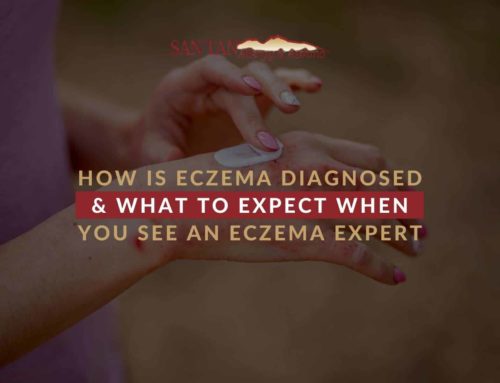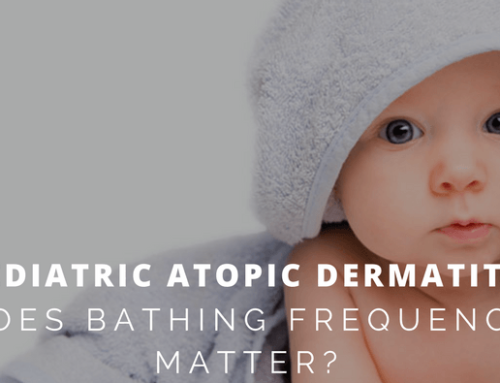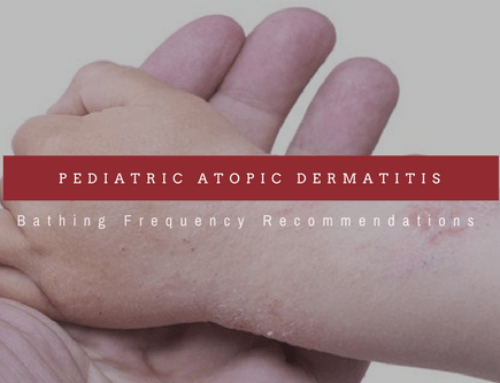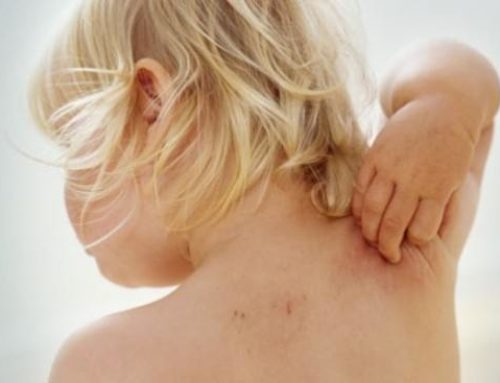Eczema: Symptoms, Treatment & Cause
Most people get eczema at some point in their lives, but some develop chronic forms of the disease. With that in mind, you may wonder what types of eczema exist and how they differ.
There are various treatments for eczema, depending on the severity of the condition and whether it’s acute or chronic. If you suffer from severe eczema, it may require medical treatment. For milder cases, topical creams and ointments may provide relief.
A team of Mesa allergists will explain below the different types of eczema and how to treat them.
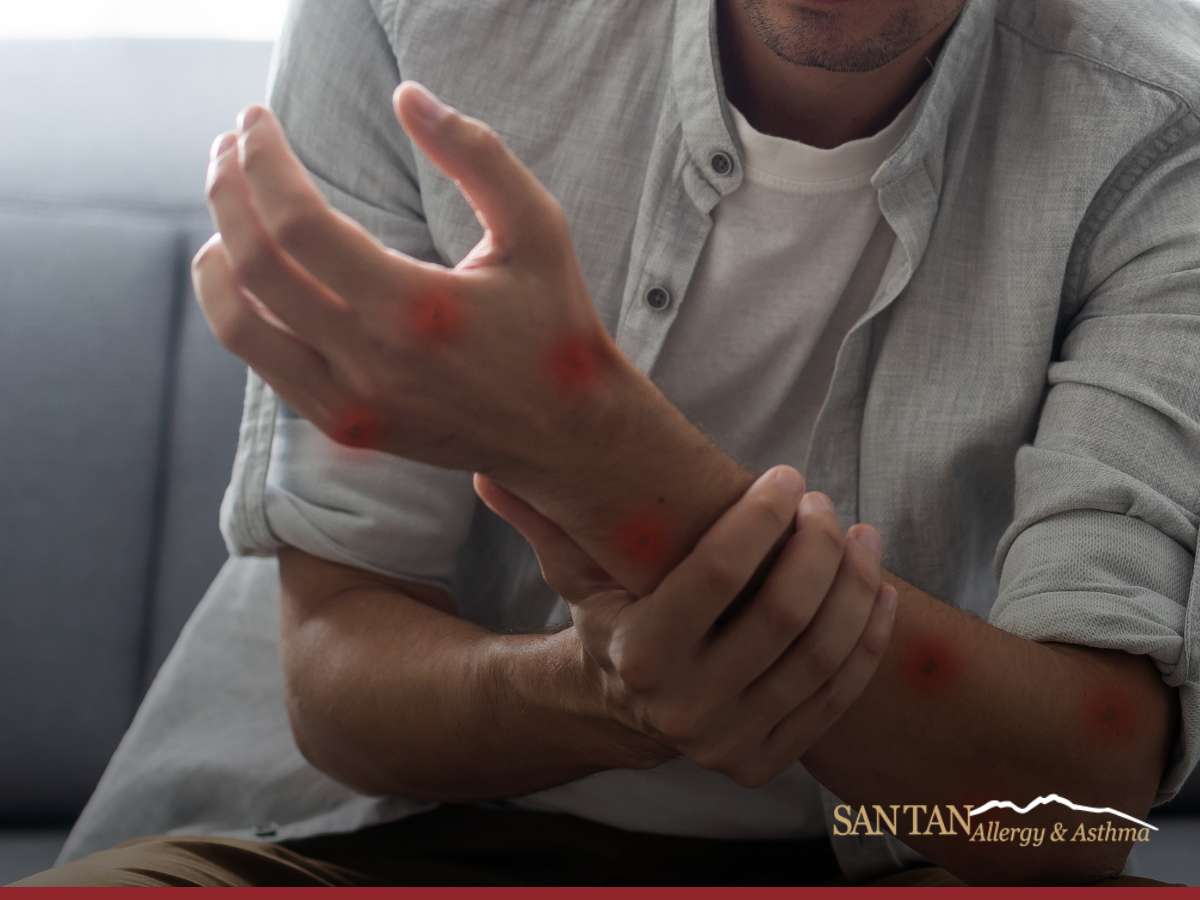
What Exactly Is Eczema & What Are The Symptoms?
Eczema is a common skin condition that causes inflammation.
Eczema manifests itself in a wide range of forms. However, the symptoms of the different types of eczema typically include the following:
- Itching. Itching can be severe. Scratching during eczema frequently results in skin damage.
- Scaling. The skin’s outer layer may slough off, giving it a rough, bumpy appearance.
- Redness. The damaged skin may bleed and seem blotchy.
- Blisters filled with fluid. These have the potential to leak and develop crusts.
- Cracking. Severely damaged skin may form painful, deep cracks known as fissures. Severely damaged skin may develop painful, deep cracks known as fissures.
Eczema may seize up and cause debilitating symptoms depending on the underlying reason. But it can also develop into a chronic issue with milder symptoms.
Check our list of different types of eczemas and their treatments.
Atopic Dermatitis
Atopic dermatitis is the most frequent form of eczema. People with it frequently also experience:
- Allergy or asthma
- A history of eczema, asthma, or hay fever in the family
- Damaged skin barrier that allows moisture to escape and pathogens to enter
Chandler allergists claim that Atopic dermatitis typically occurs in childhood or infancy. However, it can affect people of any age.
Symptoms
Atopic dermatitis often affects:
- Your face
- Your hands and feet
- Inner elbows
- The back of your knees
Similar to other eczemas, it causes itching and scaling. Scratching the skin over time can make it thick and red, so you should avoid it. Scratching can also create painful wounds, risking them getting infected.
Treatments
- Non-comedogenic moisturizers for the skin
- Steroid lotions
- Drugs to control the immune system, such as Eucrisa
- Antibiotics if there are infections
Contact Dermatitis
This type of dermatitis is split into:
- Allergic contact dermatitis
- Irritant contact dermatitis
Symptoms
Irritants like harsh soaps, nickel, some cosmetics, and poison ivy can cause contact dermatitis. It usually affects the hands and causes itchiness, redness, and dryness.
Treatments
Similar to other eczemas, contact dermatitis usually requires:
- Moisturizers
- Steroid medications
- Antibiotics if there are infections
Dyshidrotic Dermatitis
This is one of the less common types of eczemas because doctors aren’t sure where it comes from. It usually affects the feet and hands.
Symptoms
Itching may be the initial sign. Blisters may form later, followed by scaly patches a few weeks later. Our trusted team of Queen Creek allergists also mentions deep cracks. These cracks can form on the hands or fingers at times.
Treatments
- Wet and cool compresses
- Steroids that can be ingested or applied topically
- Ultraviolet A combined with psoralen therapy
Seborrheic Dermatitis
It is what we commonly name dandruff. It is one of the most common types, and it is caused by an overgrowth of a type of yeast, as well as the rapid shedding of cells on the scalp.
Symptoms
It usually affects the scalp causing the skin to fall off in flakes. However, it can also appear in the eyebrows, groin, area behind the ears, and sides of the nose.
Treatments
- Salicylic acid, selenium sulfide, zinc pyrithione, or coal tar-infused shampoo
- Antifungal creams applied to the afflicted areas
- Steroid creams
Stasis Dermatitis
People who have poor blood flow from their lower leg veins to their heart may get this type of eczema.
Symptoms
Stasis dermatitis can develop quickly, causing weeping and skin crusting. This type of eczema can cause brown stains on the skin over time.
Treatments
Treatments include:
- Creams or lotions with steroids
- Skin-lubricating creams or lotions
- Cool Compresses
- Antibiotics
- Raising the legs
- Compression hose
When Should I Contact Trusted Mesa Allergy Doctors?
Regardless of the type of eczema you have, you should contact an allergist as soon as you show any of the previous symptoms we mentioned. If your skin turns red and it becomes itchy, you should ensure it’s not a type of dermatitis.
To learn the best treatment for your condition, contact San Tan Allergy & Asthma today. We have a team of doctors with years of experience and knowledge ready to assist you.

San Tan Allergy & Asthma
4915 E Baseline Rd #112
Gilbert, AZ 85234
Phone: 480-626-6600
Email: officemanager@santanallergy.com
Website: https://santanallergy.com/
